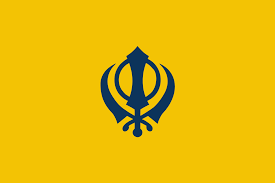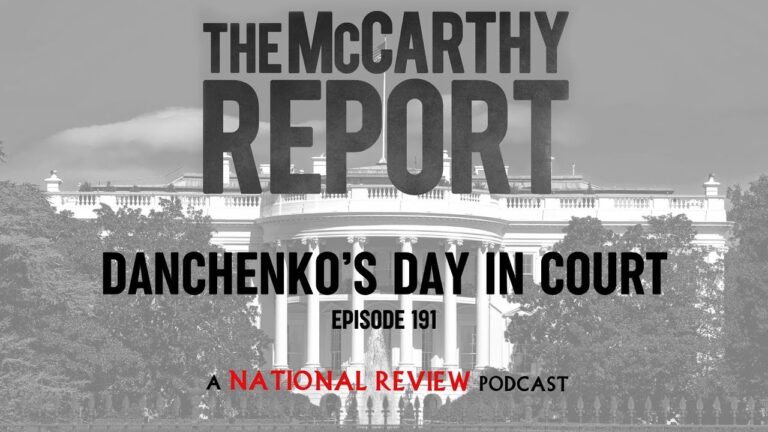
Introduction to the Khalistan Movement
The Khalistan movement, advocating for a separate Sikh state known as Khalistan in the Punjab region of India, has gained renewed attention in recent years. With a significant Sikh diaspora in Canada, this topic is not only important culturally but also politically relevant as it intersects with issues of identity, nationalism, and international relations.
Recent Developments
In recent months, Canada’s relationship with India has been strained due to rising tensions surrounding the Khalistan movement. Several protests advocating for Khalistan have taken place across major Canadian cities, such as Toronto and Vancouver, drawing attention to the sentiments of the Sikh community. These rallies have been met with mixed responses from the Canadian government, which supports the right to peaceful assembly while also addressing concerns about separatism and its implications for diplomatic relations with India.
The tensions escalated when Canadian Prime Minister Justin Trudeau’s government faced criticism for its handling of protestors, leading to discussions about extremism and national security. India has expressed concerns regarding the activities related to the Khalistan movement, alleging that some elements within Canada support separatism, which they view as a threat to Indian sovereignty.
International Reactions
Responses to the Khalistan movement in Canada have varied widely. While some Canadian leaders have shown solidarity with the Sikh community, emphasizing their right to self-determination, others have urged caution and dialogue to prevent further escalation of tensions. The situation has prompted discussions at various political levels, including potential intervention from law enforcement regarding the rise of pro-Khalistani rhetoric that could be deemed as hate speech or incitement to violence.
Conclusion and Future Projections
The Khalistan movement continues to resonate deeply within parts of the Sikh diaspora, serving as a focal point for discussions on identity and political representation. The ongoing dialogues and protests highlight the complexities associated with advocating for minority rights while maintaining diplomatic relations. As Canada navigates its multicultural framework and international commitments, the coming months may see increased scrutiny on the movement and its implications for both domestic policy and Canada’s foreign relations with India. Engaging in dialogue and fostering understanding between communities will be essential to maintaining harmony and addressing the underlying issues raised by the Khalistan movement.






